White Willow Care: Learn How To Grow A White Willow


The white willow (Salix alba) is a majestic tree with leaves that have a magic of their own. Tall and graceful, the undersides of its leaves are silvery white, giving the tree its common name. Read on for more white willow information, including tips on how to grow a white willow and white willow care.
What is a White Willow Tree?
White willows are lovely, fast-growing trees that can shoot up to 70 feet (21 m.) in your garden. White willows are not native to this country. They grow wild in Europe, central Asia, and northern Africa. White willow cultivation began in the United States in the 1700's. Over the years, the tree has naturalized in many parts of the country. Once you read up on white willow information, you’ll know why the tree has many fans. It not only leafs early, but it holds onto its leaves late into autumn. This tree is one of the first to leaf in the spring and one of the last to drop its leaves in the fall. The bark is furrowed and the branches droop gracefully, though not as much as a weeping willow. In spring, attractive catkins appear on the trees. The seeds ripen in June.
White Willow Cultivation
These trees thrive in USDA plant hardiness zones 3 through 8 and generally do not require much care. If you want to grow a white willow, plant it in moist loam. The ideal pH range for white willow cultivation is between 5.5 and 8.0. Choose a sunny spot or at least one with partial sun, since white willows don’t do well in deep shade. These willows attract wildlife. Many different animals use the spreading branches for cover. They also provide food for caterpillars of different moth species including the puss moth, willow ermine, and red underwing. The catkins provide bees and other insects early spring nectar and pollen. On the other hand, before you jump into white willow cultivation, you’ll want to note the downsides. These include weak wood, a marked susceptibility to pests and disease, and shallow, moisture-seeking roots.
White Willow Care
For white willow care, irrigation is important–more rather than less. White willows can survive severe flooding but don’t do well with drought. On the other hand, they tolerate sea spray and urban pollution. Like many willow species, white willows love wetlands. For ideal cultivation, plant your trees around ponds or rivers. This reduces white willow care, since the tree roots have a source of water.
Gardening tips, videos, info and more delivered right to your inbox!
Sign up for the Gardening Know How newsletter today and receive a free copy of our e-book "How to Grow Delicious Tomatoes".

Teo Spengler is a master gardener and a docent at the San Francisco Botanical Garden, where she hosts public tours. She has studied horticulture and written about nature, trees, plants, and gardening for more than two decades. Her extended family includes some 30 houseplants and hundreds of outdoor plants, including 250 trees, which are her main passion. Spengler currently splits her life between San Francisco and the French Basque Country, though she was raised in Alaska, giving her experience of gardening in a range of climates.
-
 Looking For Plants To Give You The Soft And Fuzzies? Try These 5 Fuzzy Leaf Plant Options
Looking For Plants To Give You The Soft And Fuzzies? Try These 5 Fuzzy Leaf Plant OptionsLovers of texture, drama, silver foliage and tactile plants will adore these special sensory garden additions. These fuzzy leaf plant options will leave you all aglow
By Susan Albert
-
 Get Ready For A Summer Of Hummers! Grow These Full Sun Hummingbird Plants and Flowers
Get Ready For A Summer Of Hummers! Grow These Full Sun Hummingbird Plants and FlowersIf you’re lucky enough to enjoy a sunny backyard, make sure you are maxing out on your pollinator opportunities and grow these full sun hummingbird plants and flowers
By Tonya Barnett
-
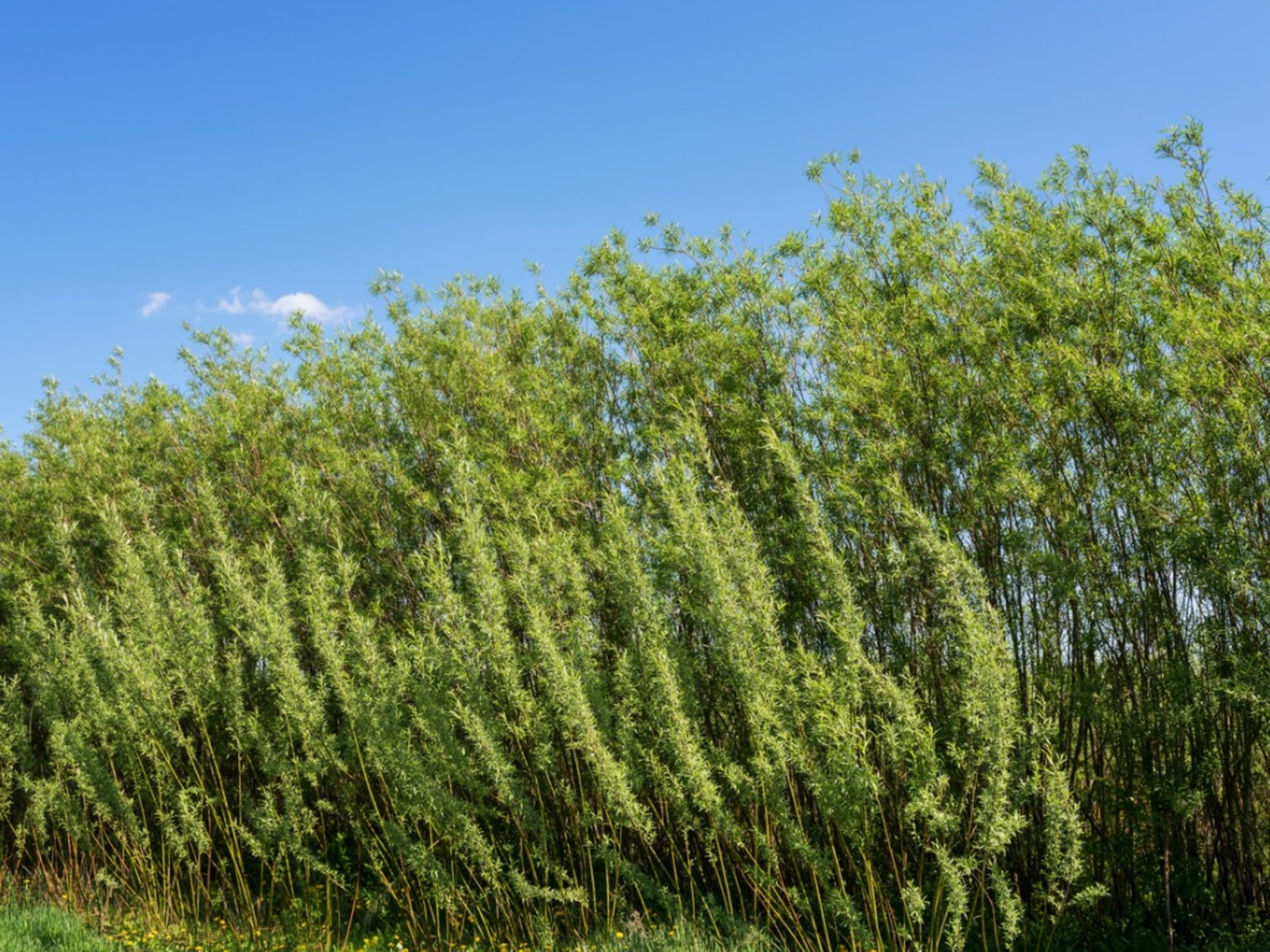 Living Willow Fence Ideas - Tips For Growing A Living Willow Fence
Living Willow Fence Ideas - Tips For Growing A Living Willow FenceCreating a living willow fence is an easy, inexpensive way to screen a view or divide garden areas. Read on to learn more.
By Susan Albert
-
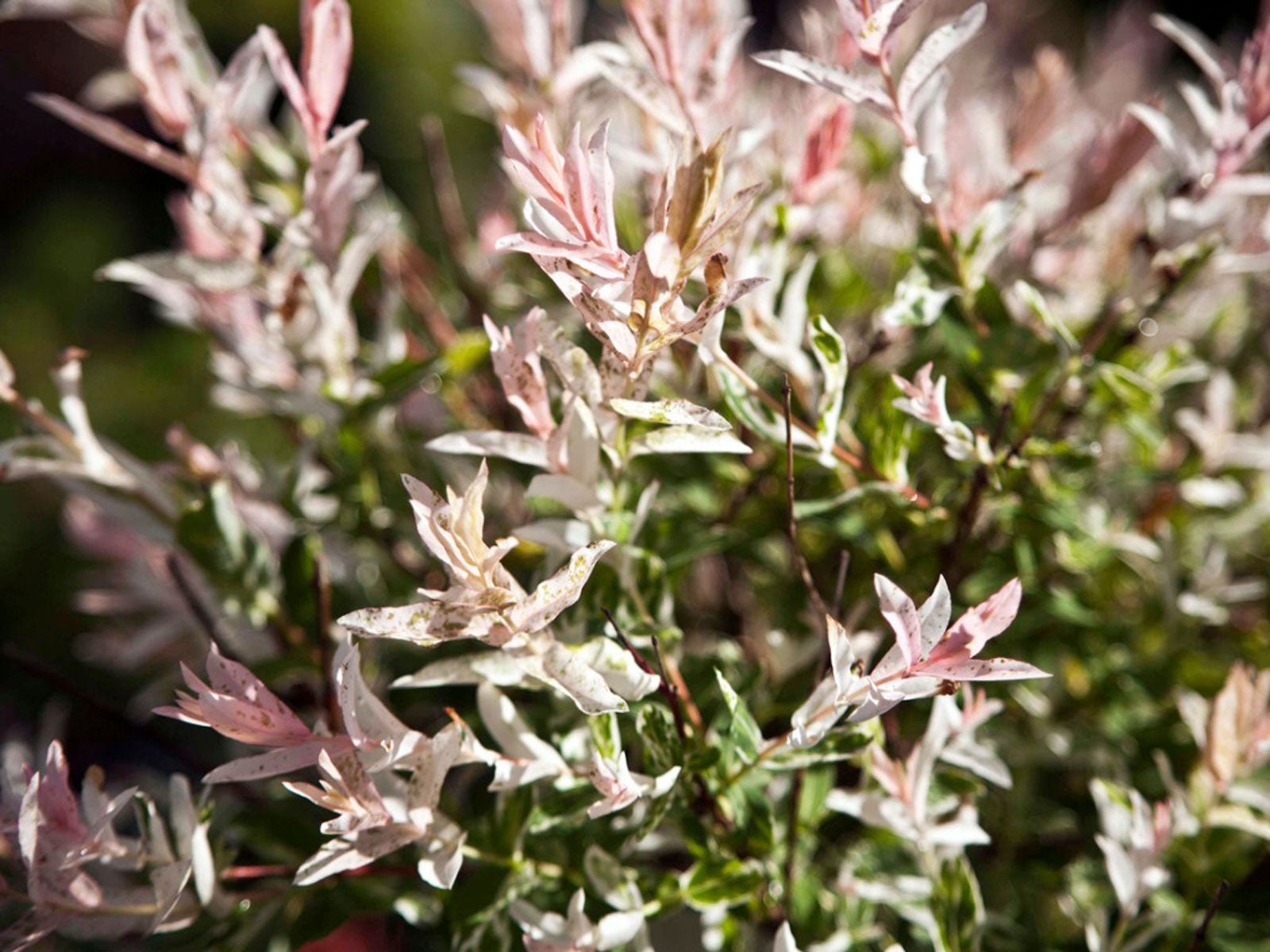 What’s Wrong With My Dappled Willow: Common Dappled Willow Problems
What’s Wrong With My Dappled Willow: Common Dappled Willow ProblemsDappled willow is one of the smaller members of the willow family. Although undemanding, it will occasionally see problems. Learn about them here.
By Teo Spengler
-
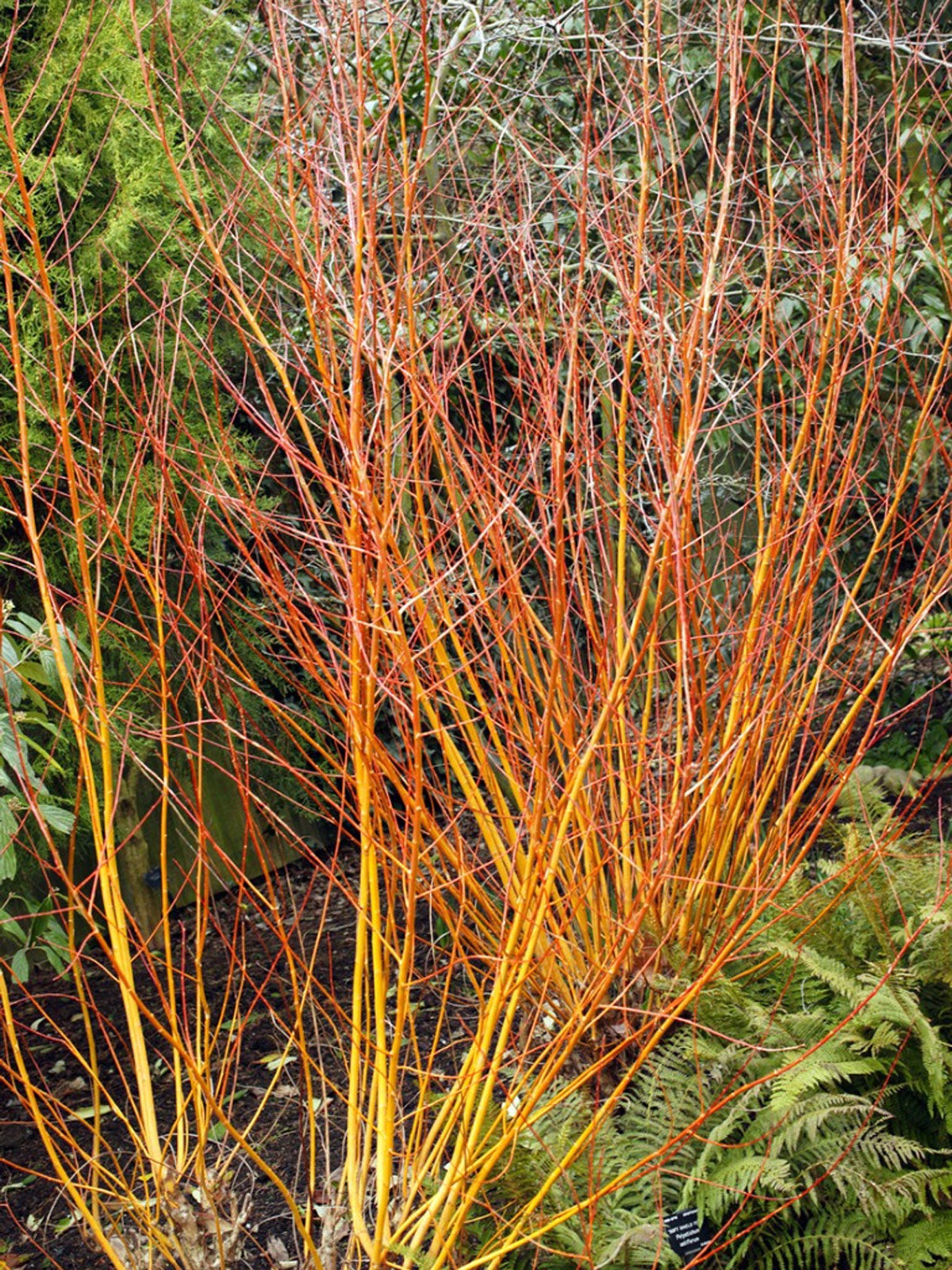 Coral Bark Willow Care – What Is A Coral Bark Willow Tree
Coral Bark Willow Care – What Is A Coral Bark Willow TreeFor lovely winter interest and nice summer foliage, you can’t go wrong with coral bark willow shrubs. Click here for tips on coral bark willow care.
By Teo Spengler
-
Peachleaf Willow Facts – Peachleaf Willow Identification And More
Few trees are easier to grow than native willows. Peachleaf willow trees are no exception. It’s not hard to identify peachleaf willows since they have leaves that look similar to the foliage of peach trees. Click here for peachleaf willow facts that describe this native tree.
By Teo Spengler
-
 Willow Varieties – Types Of Willow Trees To Grow In The Landscape
Willow Varieties – Types Of Willow Trees To Grow In The LandscapeIf you are curious about which willow varieties might work well in your yard or garden, you’ll need to start by figuring out how much room you have and what growing conditions you can offer. Click here for an overview of popular varieties of willows.
By Teo Spengler
-
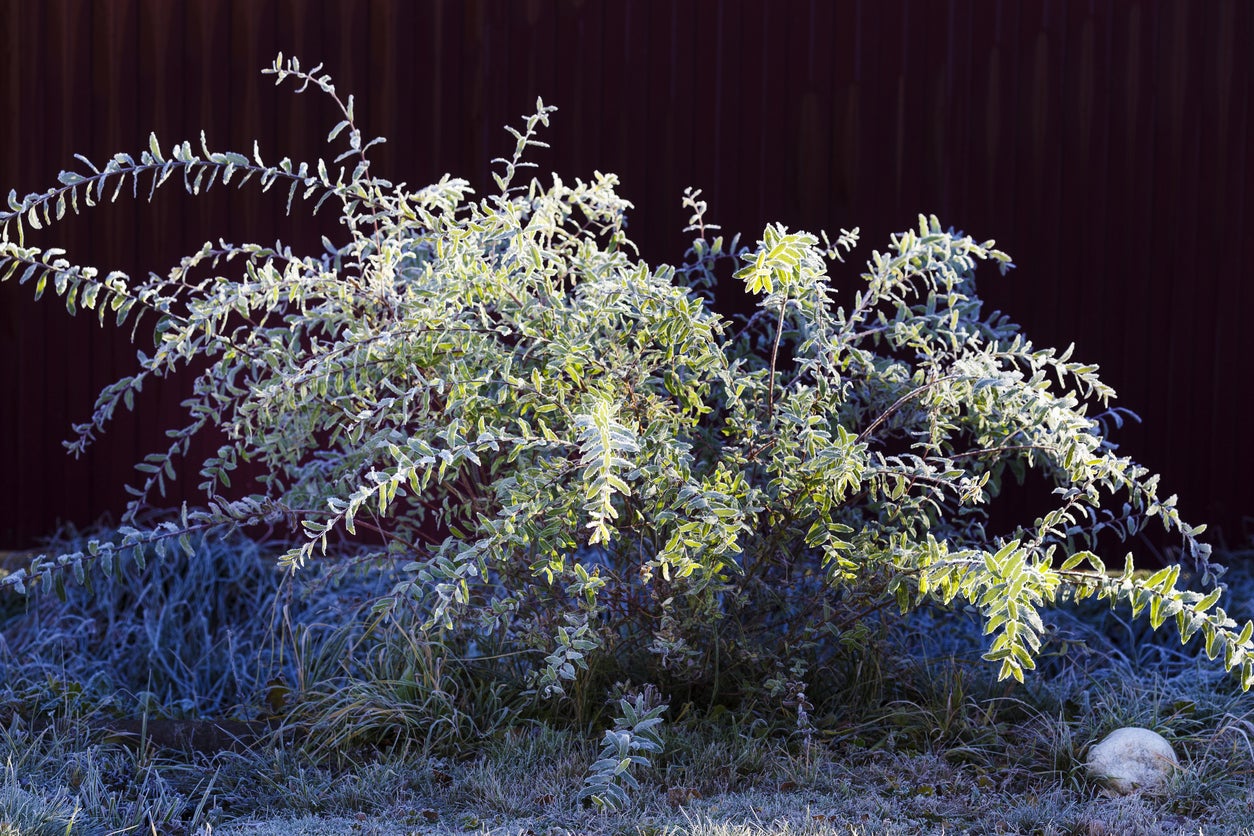 Pruning A Dappled Willow – How To Prune Dappled Willow Shrubs
Pruning A Dappled Willow – How To Prune Dappled Willow ShrubsThe dappled willow is a popular ornamental tree with a graceful weeping habit. Since this tree grows quickly, pruning a dappled willow is always an important part of the maintenance. Click here for information on dappled willow pruning.
By Teo Spengler
-
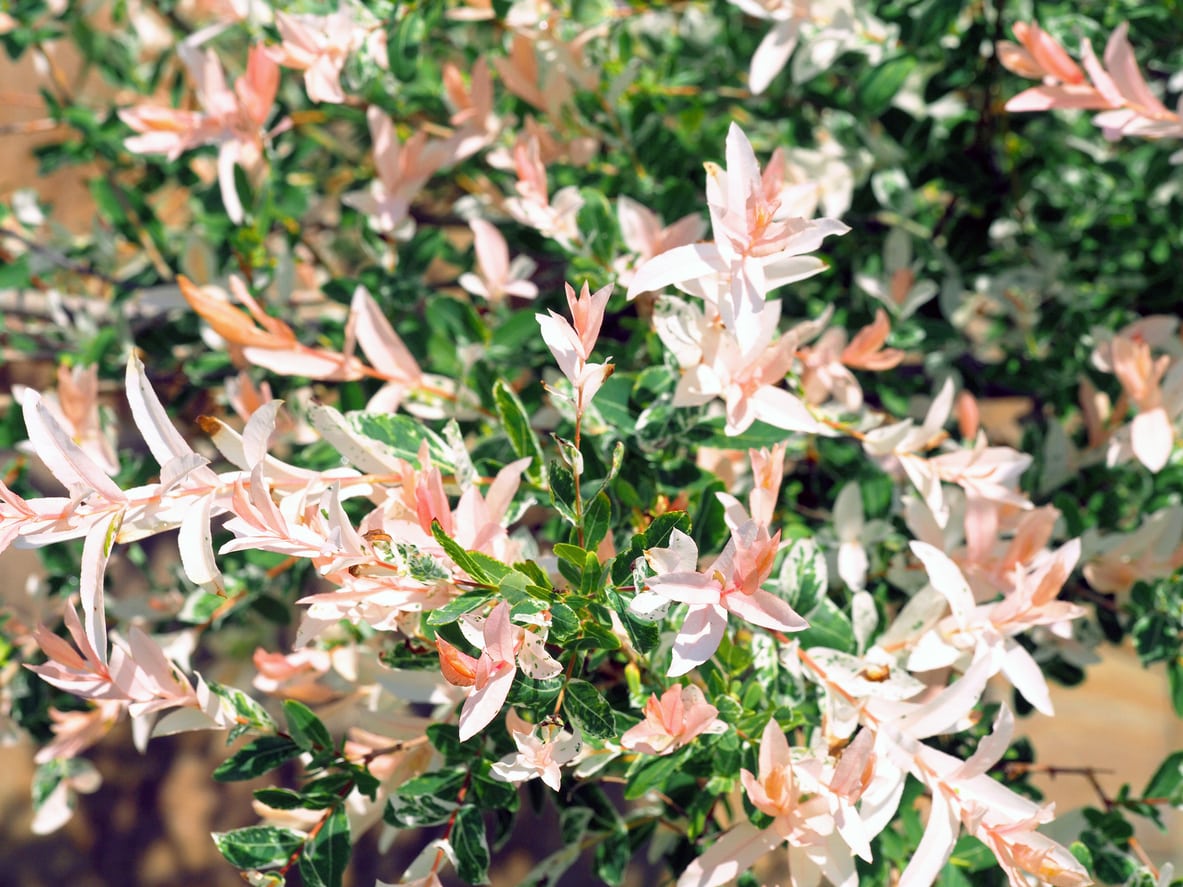 Japanese Willow Pruning – How To Cut Back A Japanese Willow Tree
Japanese Willow Pruning – How To Cut Back A Japanese Willow TreeLike most willows, Japanese willow trees grow extremely fast. Trimming Japanese willows is a chore you may have to do several times a year to keep the shape and size in check. Click this article to learn how to prune Japanese willows.
By Darcy Larum
-
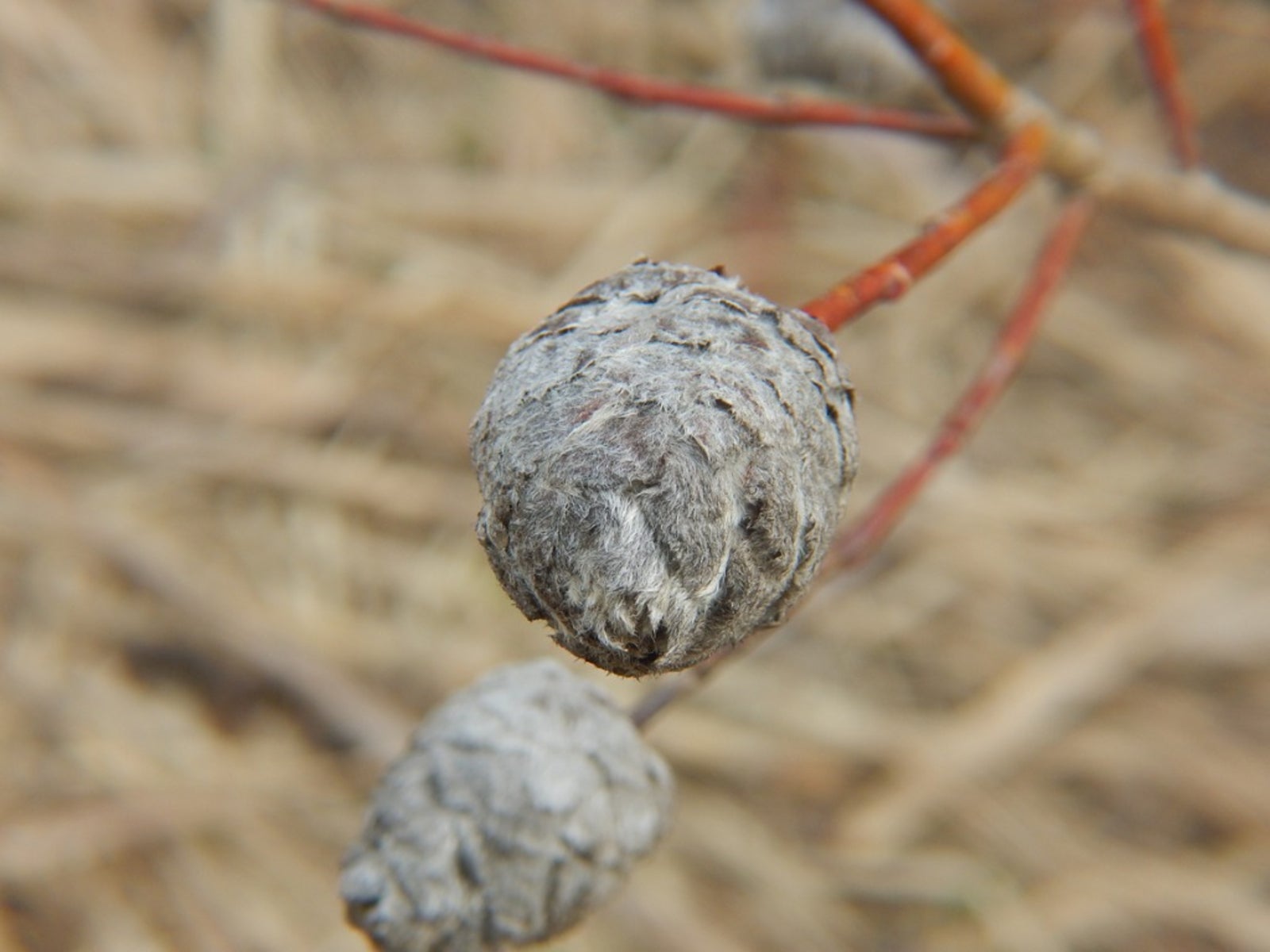 What Are Willow Galls: Learn About Galls On Willow Trees
What Are Willow Galls: Learn About Galls On Willow TreesWillow tree galls are unusual growths that appear on willow trees. You may see different varieties on leaves, shoots, and roots. The galls are caused by sawflies and other pests as well as bacteria and can look quite different depending on the pest causing them. Learn more here.
By Teo Spengler